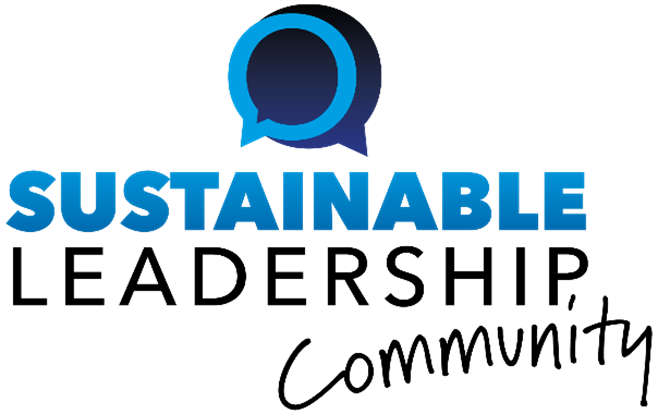Affirmative action programs (also known as ‘positive discrimination’) are designed to ensure equal employment opportunities in organizations, taking into account factors such as race, religion, gender, etc. They can vary from quota systems to something more informal, such as preferences during selection processes. However, though they are put in place to avoid discrimination, they have […]
Read More… from Women’s Attitudes to Affirmative Action Programs for Leadership
The division of labour between men and women in society has been steadily undergoing change. Today, there are more women in the workplace than ever before; with calls for more female representation at the highest levels of organizations, this trend looks set to continue and increase. As such, men in today’s workforce are more likely […]
Read More… from Traditional Marriages and Attitudes to Gender Diversity at Work
Issues related to diversity in the workplace have been at the forefront of management research in recent years. Numerous studies have highlighted the benefits of, for example, including more women on boards, combating institutional racism, employing a diverse workforce, etc. Age diversity has also received much attention, with many countries enacting legislation to regulate ‘ageism’ […]
Read More… from Age Diversity and Performance: Negative Stereotypes and HR Policies
Female leaders often experience ‘identity conflict’, the sense that their identities as women and their professional identities diverge or are incompatible. The problem can be explained by gender stereotypes. Characteristics and behaviours typically expected of women differ dramatically from those typically expected of leaders. Gender role stereotypes tend to ascribe communal behaviours and qualities such as […]
Read More… from Identity Crises: Occupational Hazards for Female Leaders?
Have you heard of the ‘pink elephant in the room?’ If you are a woman in the US, you might be one of up to 70% of women that have experienced this: women bullying women (WBW) at work. Although it is unlikely that most women who bully other women consciously decide do so to destroy […]
Read More… from Stopping Women Bullying Women in the Workplace
Networking has been linked to a number of indicators of individual attainment and success within organizations, including promotions and career satisfaction. But despite its acknowledged importance, little is known about the specific organizational practices that can help individuals build interpersonal connections. How do practices like formal mentoring, for example, affect workplace networks? In order to […]
Read More… from How Formal Mentoring Affects Workplace Networks
Without tools and processes, the quality of thinking from even the most diverse team is likely to match that of the loudest person in the room. Unless people are taught how to integrate there will be no additional value to having opposing views and no integration across views. Why is leveraging diversity so hard? When […]
Read More… from Leveraging Diversity through Integrative Thinking
Developing deeper awareness of our own prejudices is often cited as the solution to racism. Recent research, however, suggests it’s just the first step. In a pilot study conducted at an American university, 75 per cent of white respondents acknowledged and were consciously aware of their own racial prejudices — and in a follow-up study, […]
Read More… from Conquering Racism by Taking Personal Responsibility
"The answer is moral leadership, or, more specifically, respectful leadership." One of the goals of leaders is to motivate employees to perform well, work in the collective interest and define themselves in terms of ‘we’ rather than ‘me’. (See Idea Number 164, ‘Instilling Morality In Organizations’.) In this, leaders who are demographically different from followers are […]
Read More… from Fostering Diversity and Inclusion with Respectful Leadership
In 2010, the Australian Securities Exchange (ASX) changed its reporting requirements, calling for listed companies to detail their progress against voluntary gender diversity targets. This move on the part of the ASX is demonstrative of the increased global awareness of utilizing female employees, and how costly it can be for nations as well as organizations […]
Read More… from Targets Not Quotas to Promote Women Leaders




